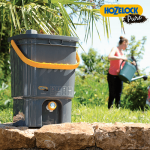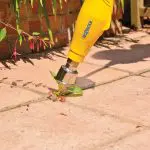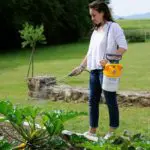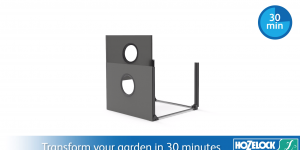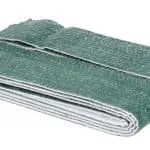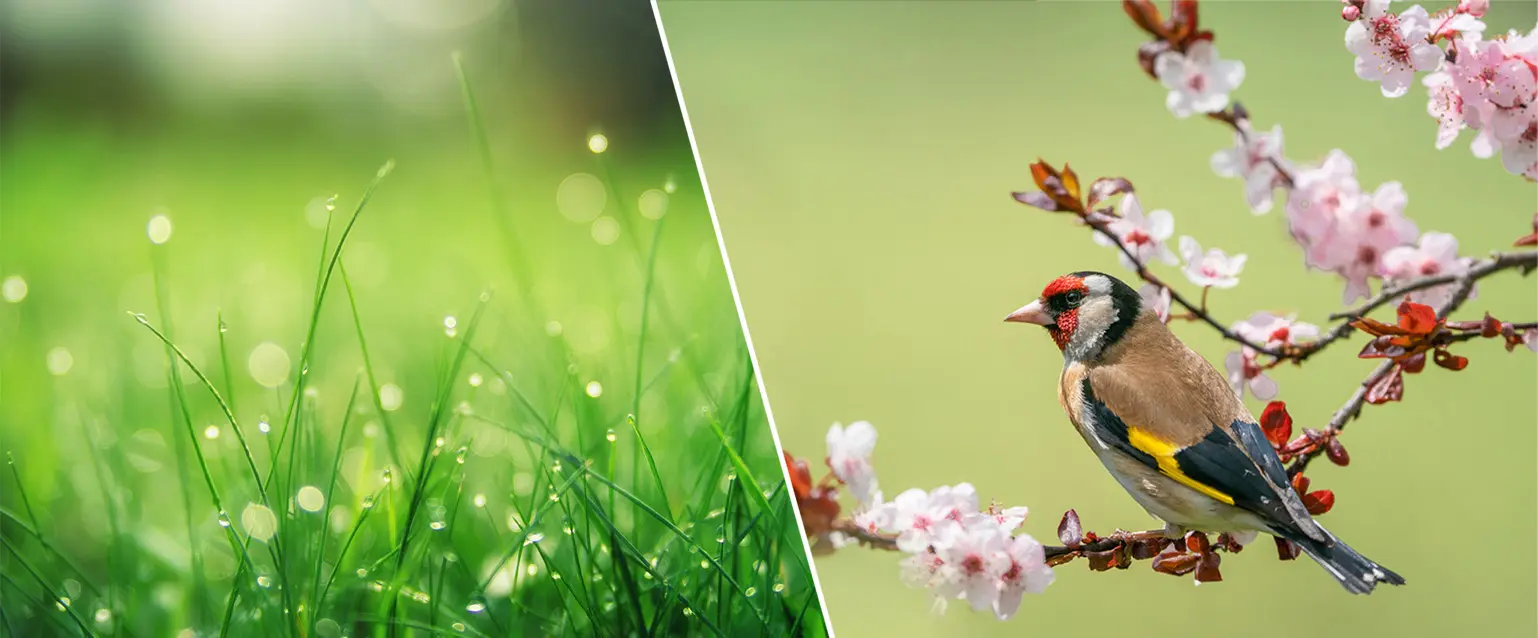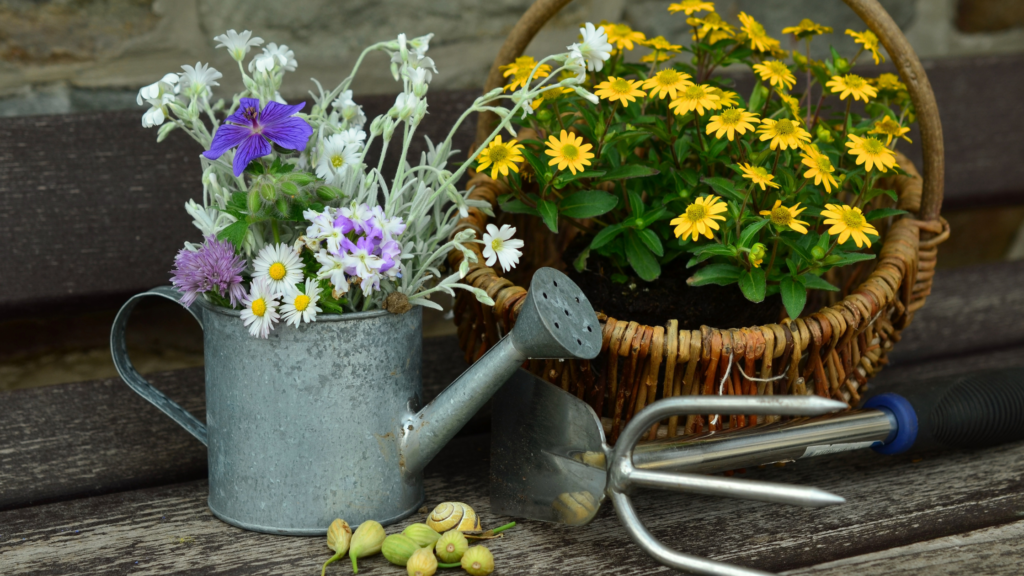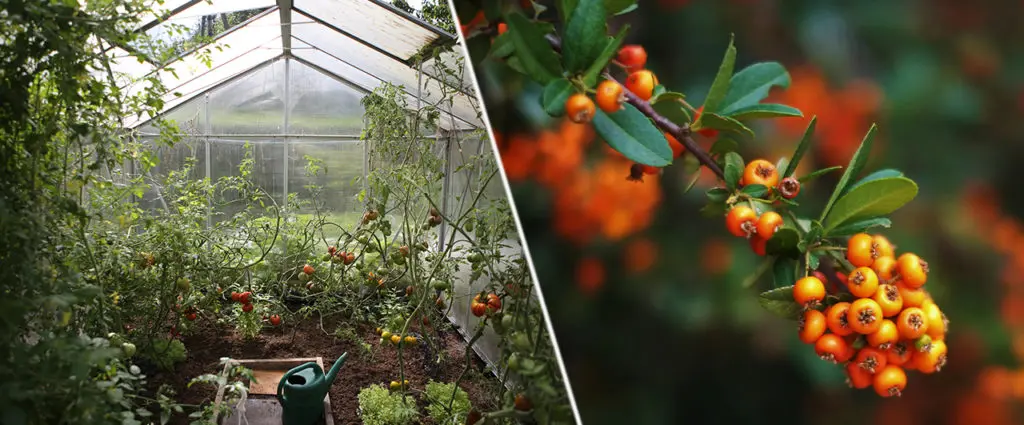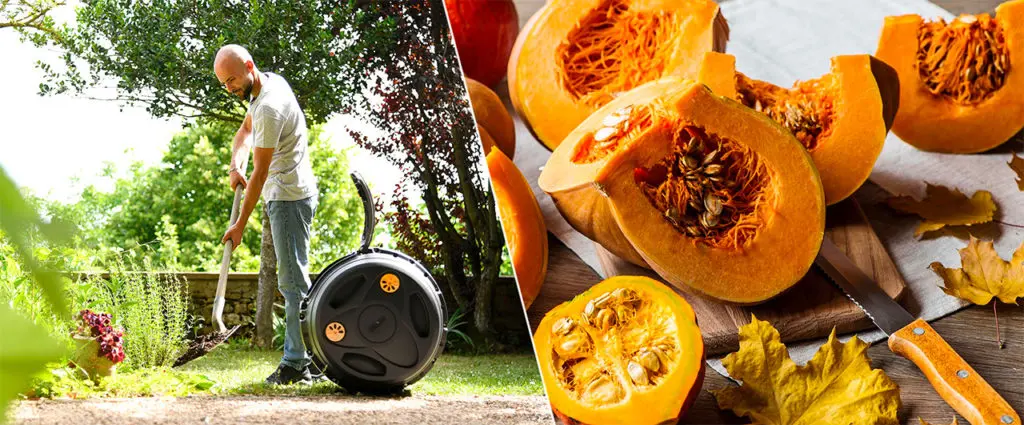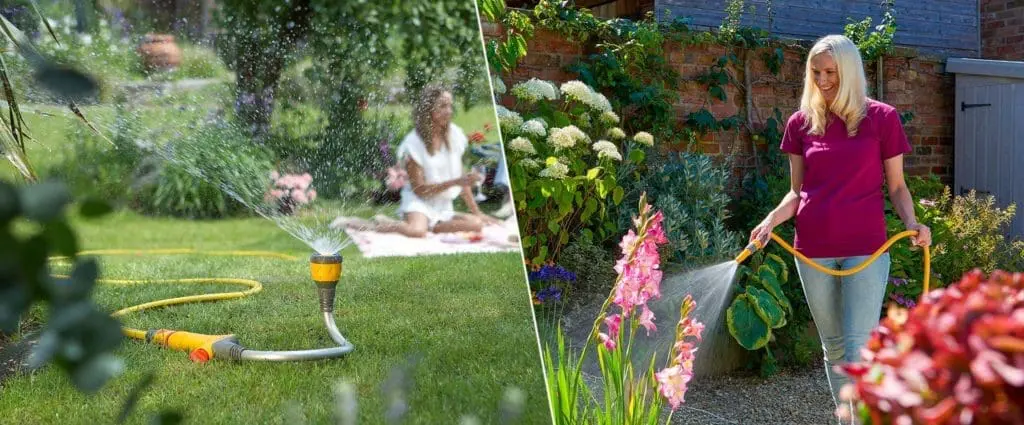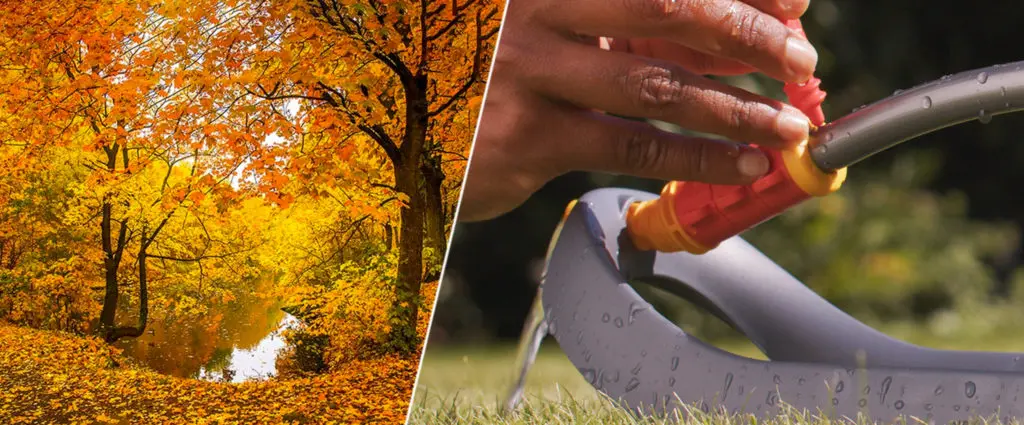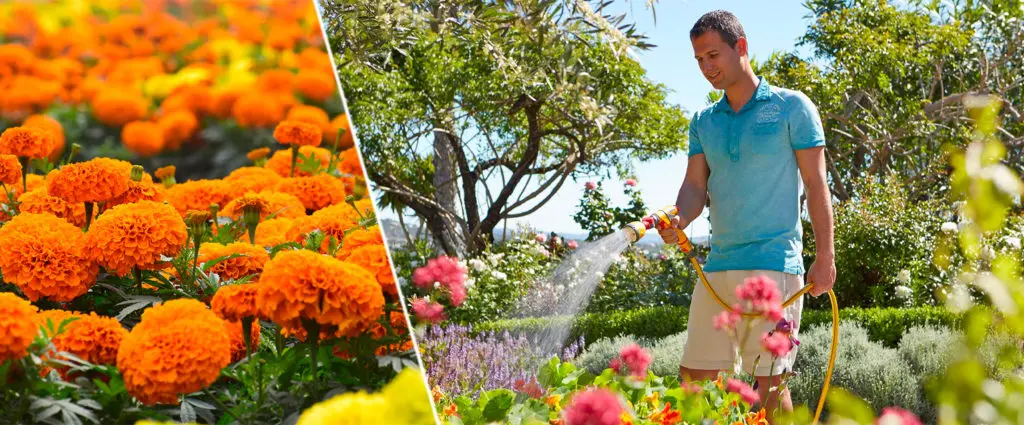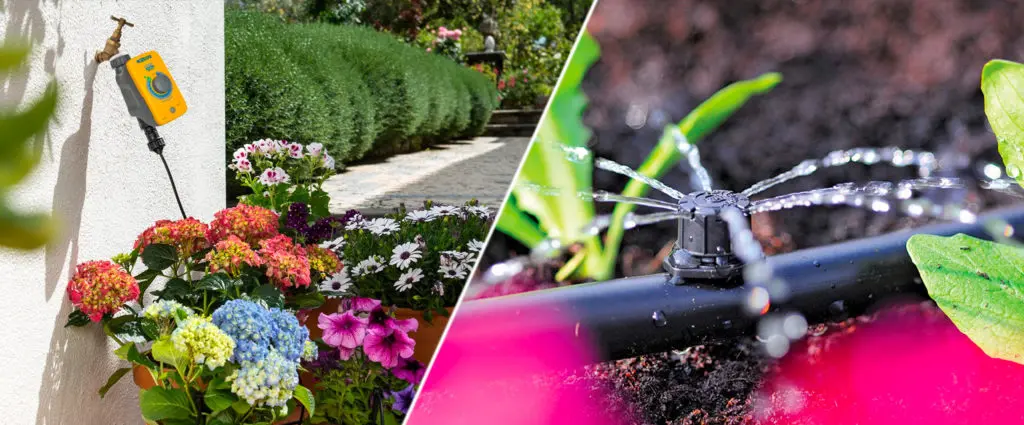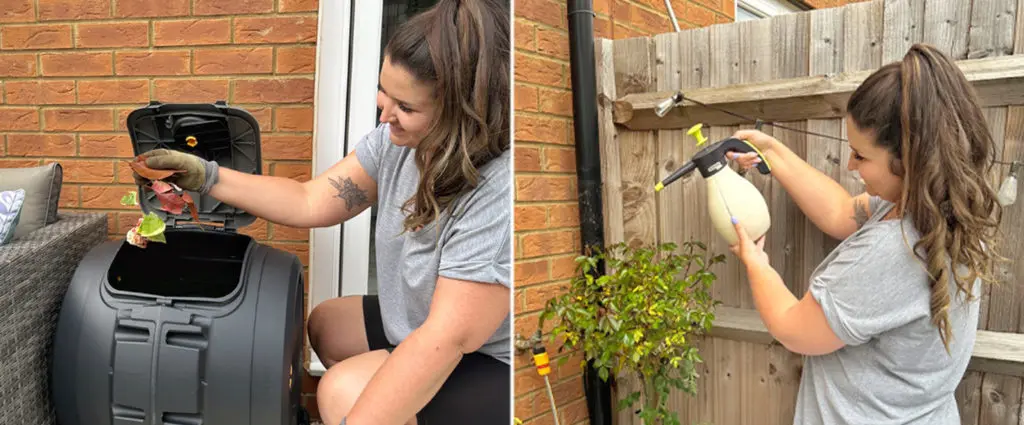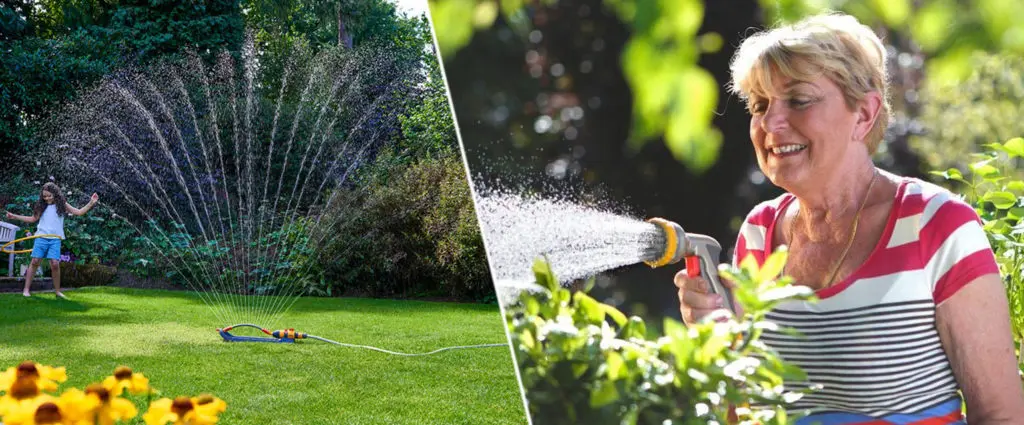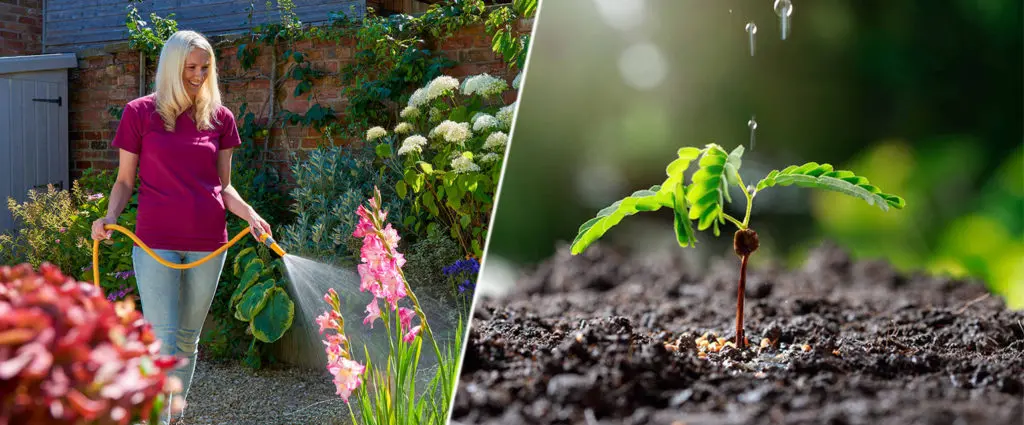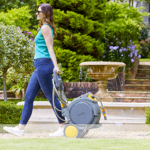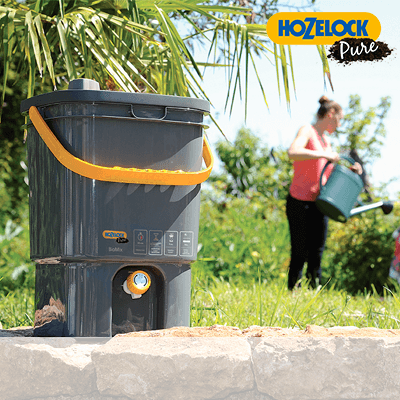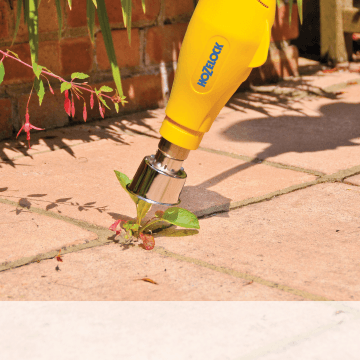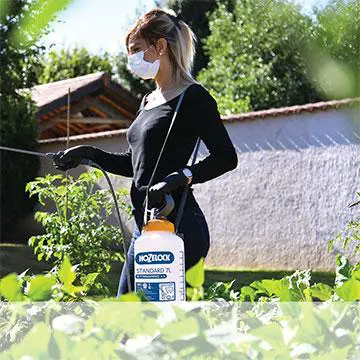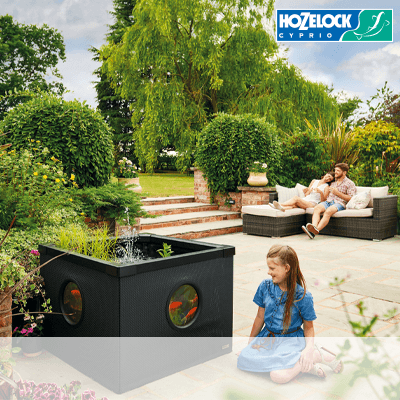Your monthly checklist of the top gardening jobs in March. Our expert tips and advice will help your garden flourish this March.
Fruit & Vegetables
Start planting your vegetables.
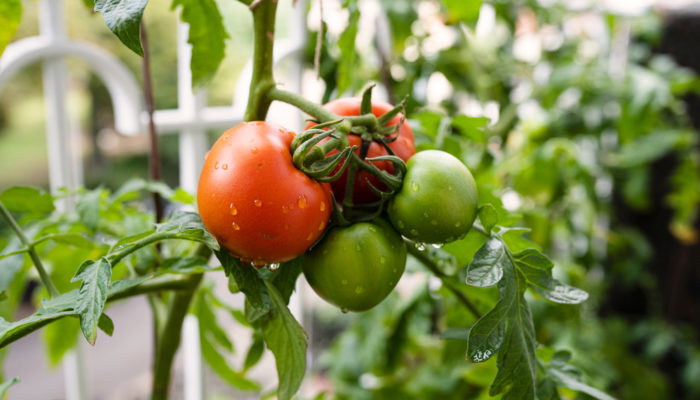
- Sow courgettes, tomatoes and chillies in the greenhouse, or indoors.
- Vegetable beds will need hoeing otherwise weeds will start to germinate.
- Onions and shallots sets can be planted, keep them 10-15 apart.
- Parsnips, spinach, turnips, radishes, broad beans and some carrot varieties can be planted outside.
- Early potato varieties can be planted in trenches.
- Use a nitrogen-rich fertiliser to feed cabbages.
- Bare-root asparagus crown can be planted in raised beds, or well-drained soil; plant in an open sunny location.
- Lettuce, early peas and summer cauliflower can be sown outside, under horticultural fleece.
It’s time for mulching.
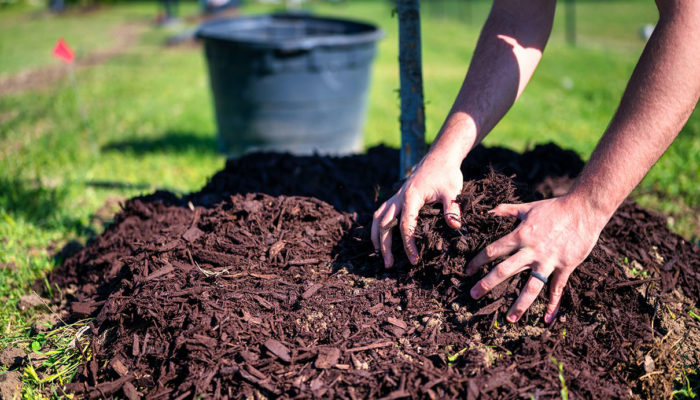
- Fruit trees can be mulched with garden compost, or well-rotted manure, keeping away from the tree trunk.
- Rhubarb can be mulched, take care not to cover the crown which mulch.
- Plant strawberries in hanging baskets, away from slugs. Cover with a cloche to encourage early fruiting.
- Blueberry plants can be fed with ericaceous plant fertiliser.
- Cut autumn-fruiting raspberry canes down to the ground, to stimulate new growth.
Take care of the ground.
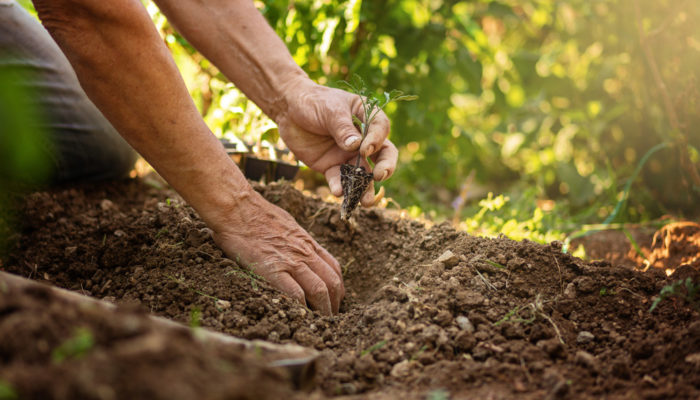
- Dig well-rotted manure, compost or green waste into your garden beds.
- Weed vegetable seeds beds for adding your layer of rotted manure, compost or green waste.
- Cover any prepared soil with black plastic sheets, keeping it dry and warm for planting.
Flowers
Start pruning.
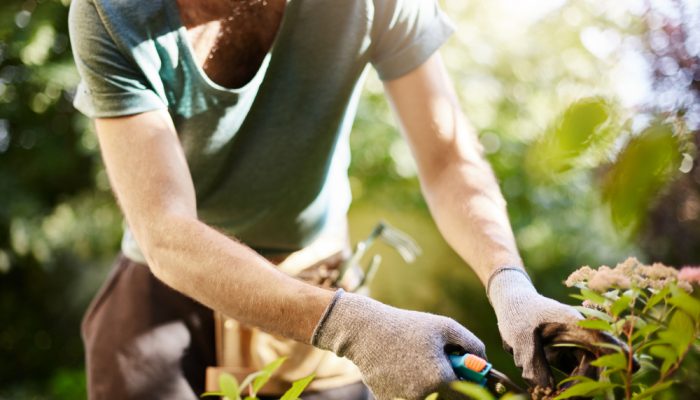
- Prune overwintered fuchsia back to one or two buds to encourage growth.
- Prune winter-flowering jasmine after flowing, cut back the previous year’s growth down to 5cm from the old wood.
- Keep pruning roses to encourage strong growth.
- Prune early-flowering clematis once their flowers have finished, and summer-flowering ones before they start actively growing.
- Cut back dead foliage from perennials to encourage new growth.
- Deadhead daffodils once the flowers finish, leave the foliage to die back naturally.
- Deadhead winter pansies to stop them from setting seed.
- Deadhead hydrangeas before new growth start.
Start planting flowers.

- Plant new roses, shrubs and climbers.
- Plant faded forced bulbs in the garden for next year.
- Plant lilies and other summer-flowering bulbs.
- Plant native hedges to encourage more wildlife.
- Sow hardy annuals outdoors, including cosmos, zinnia and dahlias.
- Sow native wildflower seeds in trays.
Feed & Tidy your garden.

- Feed roses with a balanced fertiliser or special rose feed as they grow.
- Feed hedges, shrubs and trees with a slow-release fertiliser.
- Use general-purpose fertiliser on flowerbeds, shrubs, hedges and around roses.
- Feed ericaceous shrubs (camellias, azaleas and rhododendrons) with an ericaceous fertiliser.
- Tidy borders by removing weeds, then mulch with compost.
- Tidy up alpines as they flower, remove dead foliage, and then mulch with grit to keep the foliage off the damp soil.
- Check any tender new shoots for aphids, and remove them before any infestations.
Greenhouse
Keep on sowing.
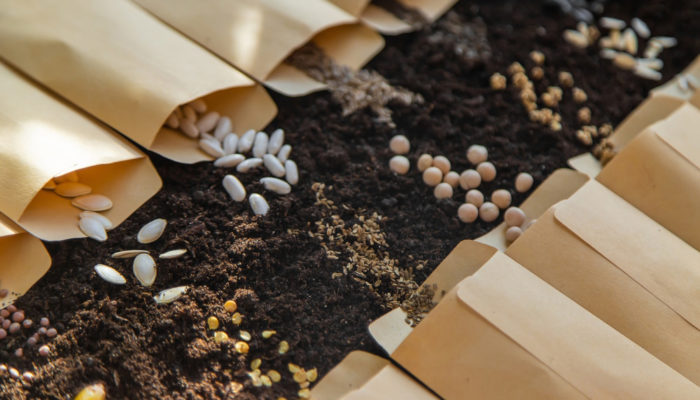
- Sow sweet peas in deep pots, and place them in a greenhouse or a sunny windowsill.
- Sow dwarf french beans in a large pot for a June harvest.
- Sow coleus in the greenhouse or a warm windowsill.
- Sow annual climbers such as Climbing Nasturtium (Tropaeolum majus) and Black-Eyed Susan (Thunbergia alata).
- Take basal cuttings (bottom cutting) from perennials, such as lupins and delphiniums.
- Plant freesia bulbs in a rich, loam-based compost, for a fragrant garden this summer.
Greenhouse maintenance.
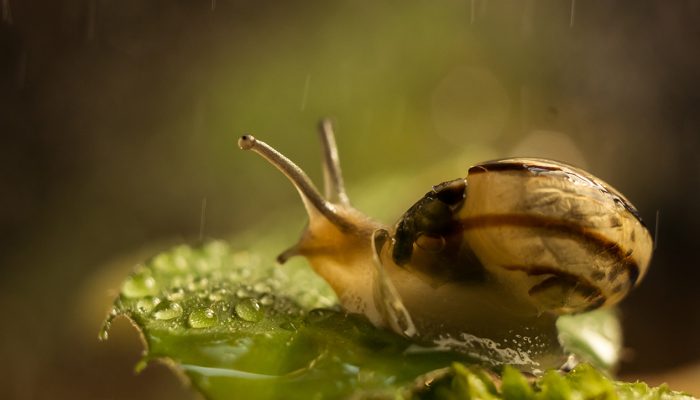
- Keep on track of pests such as mealy bugs, and treat them straight away.
- Open greenhouse vents on sunny days to prevent extreme humidity levels.
- Protect newly sowed beans, mangetouts, sweet peas and beans from mice.
Greenhouse tips.
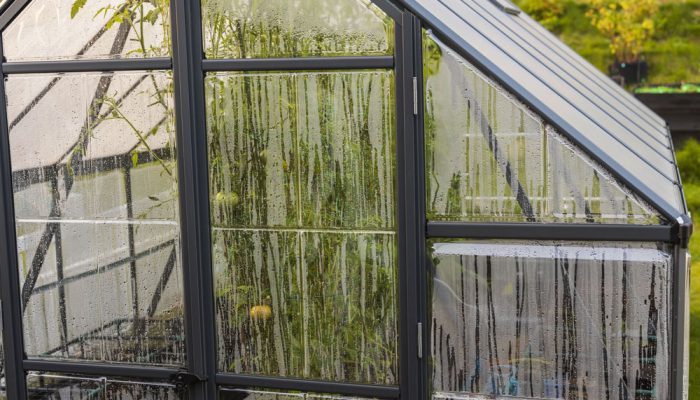
- Remove bubble insulation in the greenhouse once temperatures rise.
- Plant your celery, lettuce, parsley and celeriac indoors before transferring them into the garden.
- Pot up any overwintering cannas into compost, then place them into a warm location for optimum growth.
Garden Maintenance
Lawns and soil.

- Mow your lawn once it starts to grow again, choose a dry day and mow higher than usual.
- Recut any lawn edges if required.
- Prepare soil for growing lawn straight from seed.
- Invest in a soil-testing kit to help choose the right plants for your garden.
- Remove emerging perennial weeds by using an electric or gas weeder, try the Green Power Turbo Gas Weeder.
Look after the wildlife.
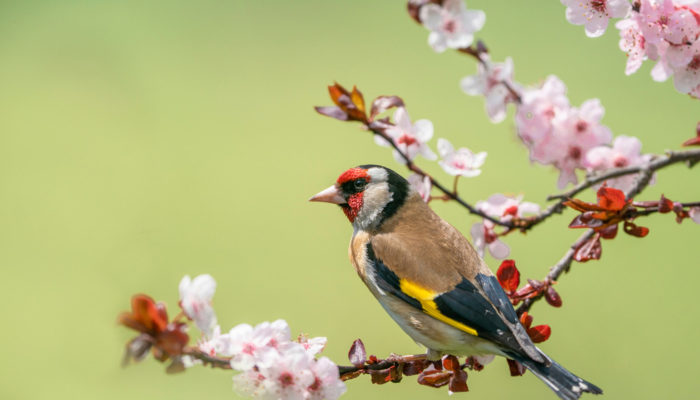
- Continue putting out food for garden birds, especially as the breeding season is underway.
- Place bug boxes or small structures where insects can lay their eggs.
- Install a new pond or water feature to attract wildlife.
- Remove any pond netting that was left over from autumn and winter.
- Place slug barrier products around any new shoots of hostas and susceptible perennials.
General maintenance
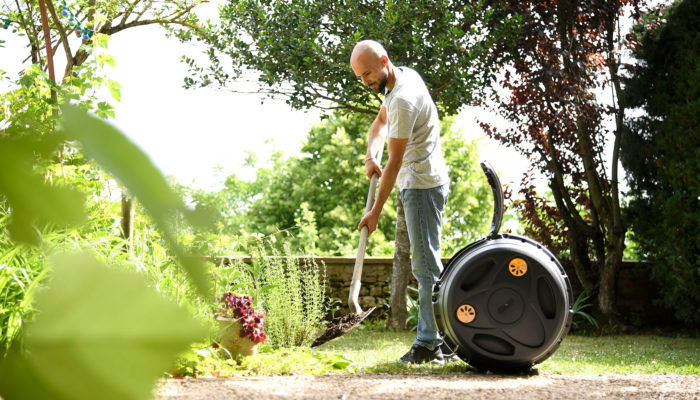
- Clean watering cans with hot soapy water to prevent fungal diseases.
- Purchase a composter before the growing season gets underway, check out our new EasyMix 2-in-1 Composter.
- Clear any moss and algae from paths, driveways and patios.
- Top of planters and raised beds with fresh compost and topsoil.
- Install an automatic watering system for the summer months ahead, check out our automatic watering range.
- Give your shed a spring clean and tidy up.
We hope you enjoyed reading about the top gardening jobs in March. If you’d like to get involved, drop us a comment below with your plans for this month!




